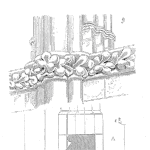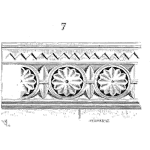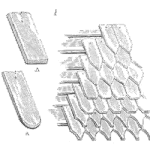
A discreet distribution useful when counting events within a time period.
It models rates, such as the number of gophers in your garden, paint scratches on your car, or the number of shopping carts that arrive in the 5 minutes before you in line. Essentially it’s the count of something over a time period or defined area. [Read more…]













